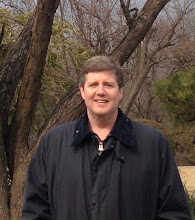In order to extract the scattered light from around these sources, I need to know how much of the light is from the telescope mirror itself so I can subtract it. Imagine you're just gone outside on a foggy night and are looking at a streetlight. Assume as well that you're wearing glasses which are a bit smudged. So, you'll see the light, with a blur of light around it. Some of that blur is due to the fog, and some is due to the smudges -- the technical name for this 2nd bit, the smudging, is the 'point spread function' (PSF) of the telescope, which simply means how much a point source (streetlight) is spread about by the telescope. In my case, I'm interested in finding out about that fog (interstellar dust), and don't care so much about the smudging (PSF). So I need to subtract the PSF, which scales with the brightness of the source and its spectrum. X-rays come in all sorts of energies -- high energies are called 'hard' and low energies 'soft'. As it turns out, the PSF is larger for hard X-rays than soft (they're 'harder' to focus properly). So before I can subtract the PSF, I need to know how much to subtract at each energy.
This is where the operation becomes tricky. The problem is that the specific detector I used for these observations (Chandra's High Resolution Camera, or HRC) is excellent at a few things, like dealing with ultra-bright sources without conking out and returning the highest possible resolution. Unfortunately, it isn't so good at measuring X-ray energies. Basically, it thinks everything is the same - in fact, the HRC uses the same technology as night vision cameras, which allow you to see at night but everything looks green. However, just because the detector can't tell me what energies are in the source doesn't mean the telescope doesn't focus them differently. So, I need some other way to measure the spectrum.
Thursday, December 24, 2009
Subscribe to:
Post Comments (Atom)

No comments:
Post a Comment